Newly Discovered Snail Species – Listen to this article on the player below
Recall the lullabies of the late luminary, singer-songwriter, Jimmy Buffett. Immortalized far beyond the realms of sonorous melodies, Buffett has had an improbable icon added to his enduring legacy – a hitherto-unknown form of sea snail, recently uncovered in the delicate ecosystem of the Florida Reef. An addition as unexpected as it is unique.
Biologist Rüdiger Bieler, standing at the helm of this discovery, first locked eyes with this snail as it shimmered beneath the waves, ensconced in the vibrant hues of citrus – a scene reminiscent of a delightful cocktail. “Our team, ensconced in its duties, is no stranger to the charismatically intoxicating allure of the region’s signature libation,” Bieler shared. His voice took on a warm note as he confessed to being somewhat ensnared in the web of Jimmy Buffett’s melodious charm, a feeling known all too well by ‘Parrotheads’ globally, as ardent fans of the musician label themselves.
Some of it’s magic, some of it’s tragic, but I’ve had a good life all the way.
– Jimmy Buffett
Bieler’s words carried an undercurrent of raw excitement and anticipation as he narrated, “When the opportune moment blossomed before us to christen this aquatic novelty, we found ourselves socketed between the necessity of weaving a tale that was divertingly captivating as a cocktail’s heady brew yet held within its folds the undying charm of the snail’s native haven- the breathtakingly picturesque and enchanting Florida Keys,” he expounded with a twinkle of pleasure in his eyes.
Bieler, who stands as the guardian of invertebrates at the prestigious Field Museum of Natural History in Chicago, provided insight into the impact of discovering Cayo margarita, explaining how it unfolds layers of understanding concerning the pulsating biodiversity within the mystical realm of coral reefs.
Bieler invoked a sense of wonder in his tone, “This is a creature of significant charisma, a diminutive snail that mirrors the very essence of the serendipity that life harbors. It is a testament to our collective ignorance about the wealth of biological diversity that thrives in our backyards.” He expatiated, “Imagine the multitude of visitors, oblivious to the abundant life beneath, engaging in snorkeling and diving activities; unbeknownst to them, they cohabit the waters with an array of unrecorded and unanalyzed creatures that quietly exist right under our noses.”
The serendipitous discovery of this species, it is articulated, extends an amber-hued beacon of hope, not only enriching the biodiversity but also promising to cast a ray of enlightenment upon the dire straits of our threatened coral reefs. The Florida Reef, a solitary remnant of living coral in North America, is emblematic of this crisis, and this unanticipated discovery, may yet apprehend our collective attention to its plight.
Over the span of four incandescent decades, Bieler has passionately braved the capricious waves of the Atlantic Ocean, on a quest for invertebrate enlightenment. Nevertheless, it was not his lack of vigilance that led this peculiar snail to elude his discerning gaze; rather, it was the creature’s minuscule stature. To envisage this, one might contrast the habitual size of its worm snail kin — mirroring that of our own human digits — with that of this new genus, which bears a shell opening comparable to a mere pencil eraser.
Exhibiting a fascinating life cycle, the worm snail indulges in an adventure of free-roaming in its juvenile phase — perhaps for a scant few hours, as Bieler muses. With an instinct as ancient as the sea itself, this nascent wanderer inevitably finds a suitable coral fragment to forge its eternal residence, binding its destiny with the stationary coral. A beguiling survivalist, Cayo margarita casts an intricate, spider-like web of mucus, ensnaring both plankton and detritus to sustain itself. The study unveils this ecological tapestry — one that is as enigmatic as it is elemental.
Residing inconspicuously amongst the Florida Reef’s other inhabitants, the diminutive mollusk certainly demanded its share of the limelight. Exhibiting a vibrancy of color that would make a peacock envious, this delicate creature managed to arrest the curiosity of the research team. Normally, the visibility of such sessile, or non-mobile marine organisms would be a cause for concern, a veritable distress signal that might betray their presence to lurking predators. Bieler, capturing the bewilderment of the researchers, fittingly coined the phenomenon as “an advertisement to their presence.” An added peculiarity that intrigued the researchers was that unlike its worm-snail kinfolk who construct protective shells akin to trapdoors, this courageous little mollusk left its head daringly open to the vast, unpredictable oceanic elements. The sea, an infinite mass of swirling currents and insatiable creatures, became both home and audience for this newly discovered, neon-bright artist known affectionately as the Jimmy Buffett snail.
Bieler paints a picture of the biodiversity teeming beneath the ocean’s surface. He reveals a world where countless species, from fish to crabs and myriad other mysterious organisms, inhabit the same realm. In this pulsating heart of marine life, each creature is a potential predator — “practically everyone,” as Bieler declared, “is on a relentless hunt.”
Upon meticulous examination of this intriguing cretaceous creature, researchers have unearthed fascinating behavior; any ichthyian creatures daring enough to try and feast upon the snail have been seen to flee posthaste. Bieler postulates an ingenious evolutionary theory; the snail’s vibrant, luminescent yellow — or if you prefer, key lime — coloration may serve as both a deterrent and an ominous warning. A sort of evocative semaphore communicating, in no uncertain terms, the presence of unsavory metabolites in its protective mucus shield.
“It is an undeniable truth that snails are more often than not, a symbol of leisurely pace. Yet, it is essential to distinguish the nuanced disparities that rear between a languid gait and stagnation,” muses Bieler, a note of zeal echoing in his utterances. “From the standpoint of evolutionary biology, these unassuming creatures had to navigate and devise novel strategies for the fundamental aspects of survival – nutrition, defense, and propagation. And herein, my friend, lies the bountiful potential for adaptation and resilience.
The study in focus bequeaths our understanding with a totality of four snails, nestled under a fresh genus fittingly christened Cayo, invoking the Spanish parlance for a minuscule isle or key. Resting within the same familial branches with an invasive species espied in the tapestry of the Floridian Keys in 2017 , given the scientific nomenclature Thylacodes vandyensis, these curious Cayo snails, according to Bieler, aren’t viewed as invasive, rather they are seen as local inhabitants. Though the star-crossed state of the coral reefs does undeniably cast a broad and ominous shadow over the realm of oceanic life, Cayo snails, in their quaint non-conformity, do not seem to harbour specific residential preferences.
In fact, Bieler provides some fascinating intel that they simply require a sturdy base to anchor to, along with an accessible ferry to the world of plankton. Bieler evocatively described their needs as akin to a ‘little free piece of real estate’, an asset in delicate balance and stark scarcity in the coral reefs. Cayo snails, it seems, have honed their survival strategies to perfection, venturing into localities often represented by decay and lifeless stretches on coral heads. This aversion to prime real estate is due to the dire state of the coral reefs, yet these plucky worm-like snails have championed the art of making the most from such deceased plot of reef, in effect, seizing opportunity in the face of adversity,” Bieler elucidated.
What is the scientific name of the newly discovered snail?
A new marine snail, named after a song by the late singer-songwriter, Jimmy Buffett, has been discovered. The snail is officially named Alvania margaritaville. The snail’s name, Alvania margaritaville, is a tribute to Buffett’s song “Margaritaville.” Both the song and snail are connected to the coastal waters.
Newly Discovered Snail Species: FAQ
1. What ties the snail to the musical universe of Jimmy Buffet?
Anchored in the insightful observation, the resemblance between the sea snail’s spiraled form and the classic swirling Margarita of Buffet’s song is an homage to the poignant and vivid imagery that his lyrics often painted. Like the hypnotic rhythm of Buffett’s words, the creature’s elegance in its natural habitat strikes resonating chords with admirers of both music and marine life.
2. Does the snail have unique properties that reflect its musical namesake?
The snail, with its conspicuous spiral shell, mimics the effervescent spiraling of a Margarita – the iconic drink from Buffett’s world-renowned song. The slender figure of Crassispira margaritavillensis is like a beautifully composed melody, intricately woven to create an elegant symphony in form and function.
3. How significant is this find in the field of marine biology?
Every new species discovered broadens our understanding of biodiversity breadth and depth. With Crassispira margaritavillensis, we are not just celebrating the addition of another species to the marine fauna or honoring a music legend, but also applauding the manifold reflections of life’s variety in our ceaseless quest for knowledge.
4. Could there be more such species awaiting discovery?
Indeed, the ocean’s depths are a haven for marvels waiting to be unearthed. The discovery of Crassispira margaritavillensis is not an isolated event but an enduring testament to the unfathomable biodiversity that Mother Nature continues to reveal. So yes, we can confidently state that there undoubtedly remains a multitude of species yet to be discovered, each with its own captivating story to tell.
In essence, the discovery of Crassispira margaritavillensis is more than just an amusing intersection of art and science. It’s an evocative testament to the infinite ways our natural world intertwines with our cultural expressions, curating an ever-evolving symphony of life.
Newly Discovered Snail: Knowing More
- The newly discovered species of sea snail was found in the Florida Reef.
- The sea snail is named after the Jimmy Buffett song.
- The sea snail is found in the Florida Keys.
- Jimmy Buffett is a late singer-songwriter.
- The sea snail is part of Jimmy Buffett’s legacy.
Disclaimer About the Information Presented Here
Dear Readers,
I want to clarify that I am not a licensed professional, nor do I have expertise in the field of scientific discovery. The article “Key West Harmony: Newly Discovered Snail Species Named After Jimmy Buffett’s Iconic Song” is based on information collected from the internet and is for informational and entertainment purposes only.
Please be aware that while I strive for accuracy, I cannot guarantee the complete accuracy of the information in this article. The world of scientific discovery is always changing, and new findings may impact our understanding of the topic.
For reliable information on this subject or any scientific matter, it’s best to consult reputable scientific sources and experts in the field. This article should not be relied upon for academic or research purposes.
About the Author


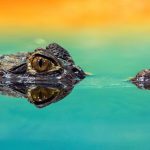




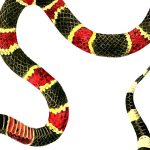

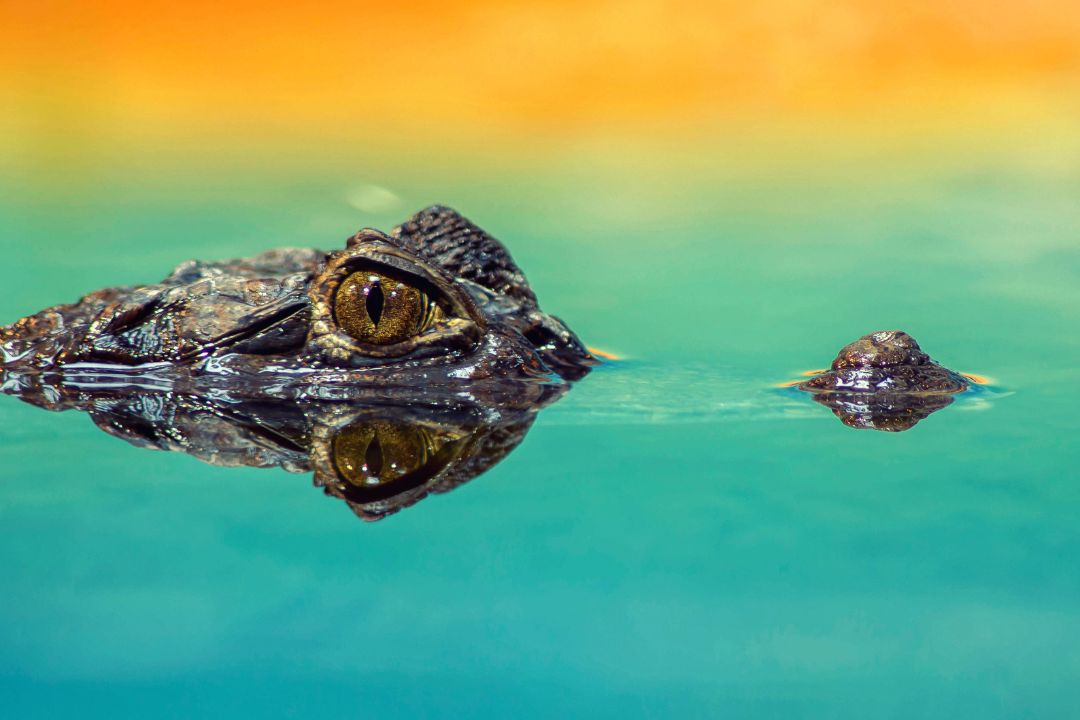
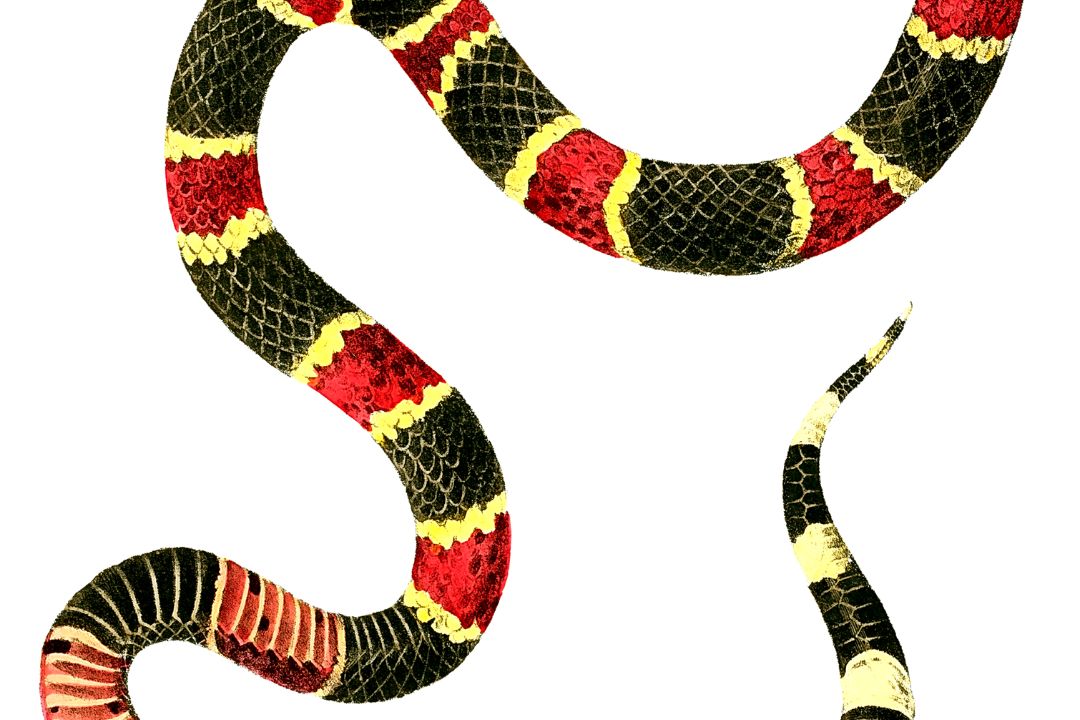
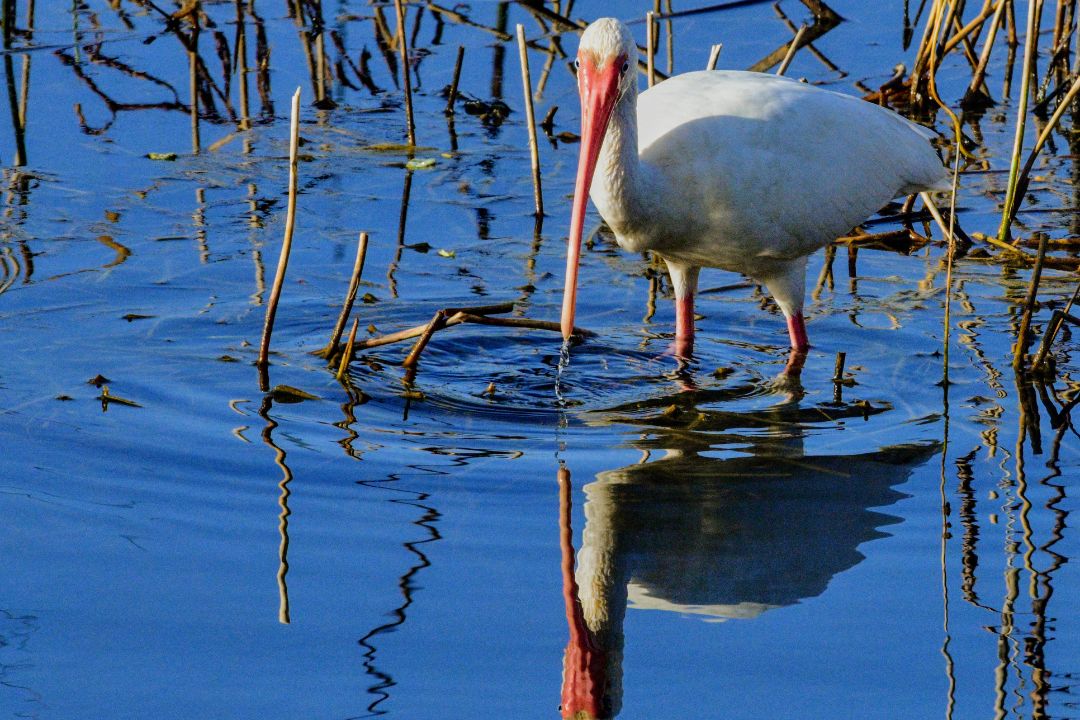

One thought on “Key West Harmony: Newly Discovered Snail Species Named After Jimmy Buffett’s Icon Song”